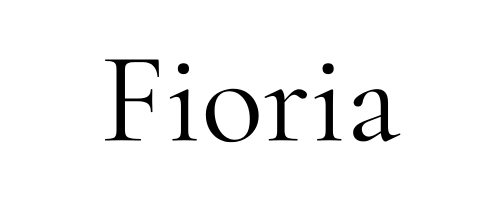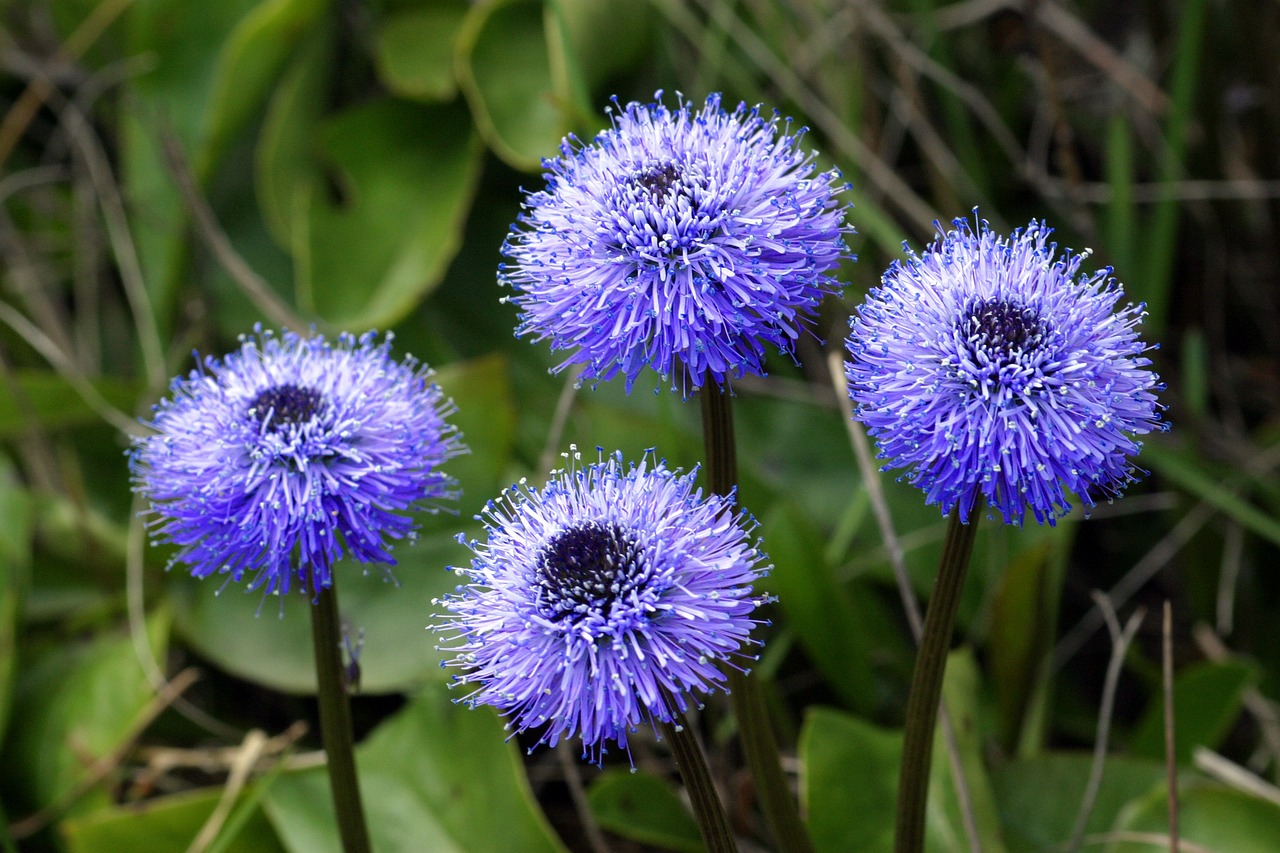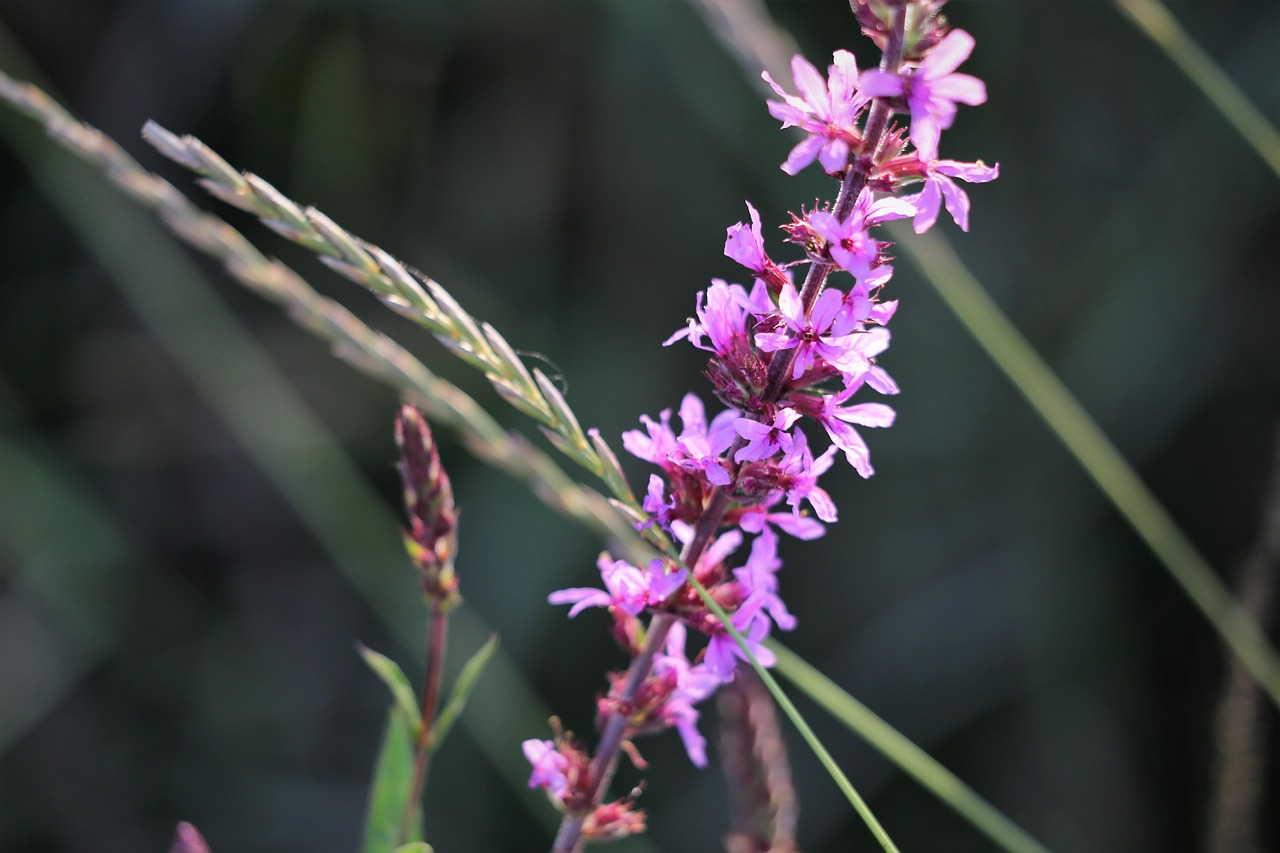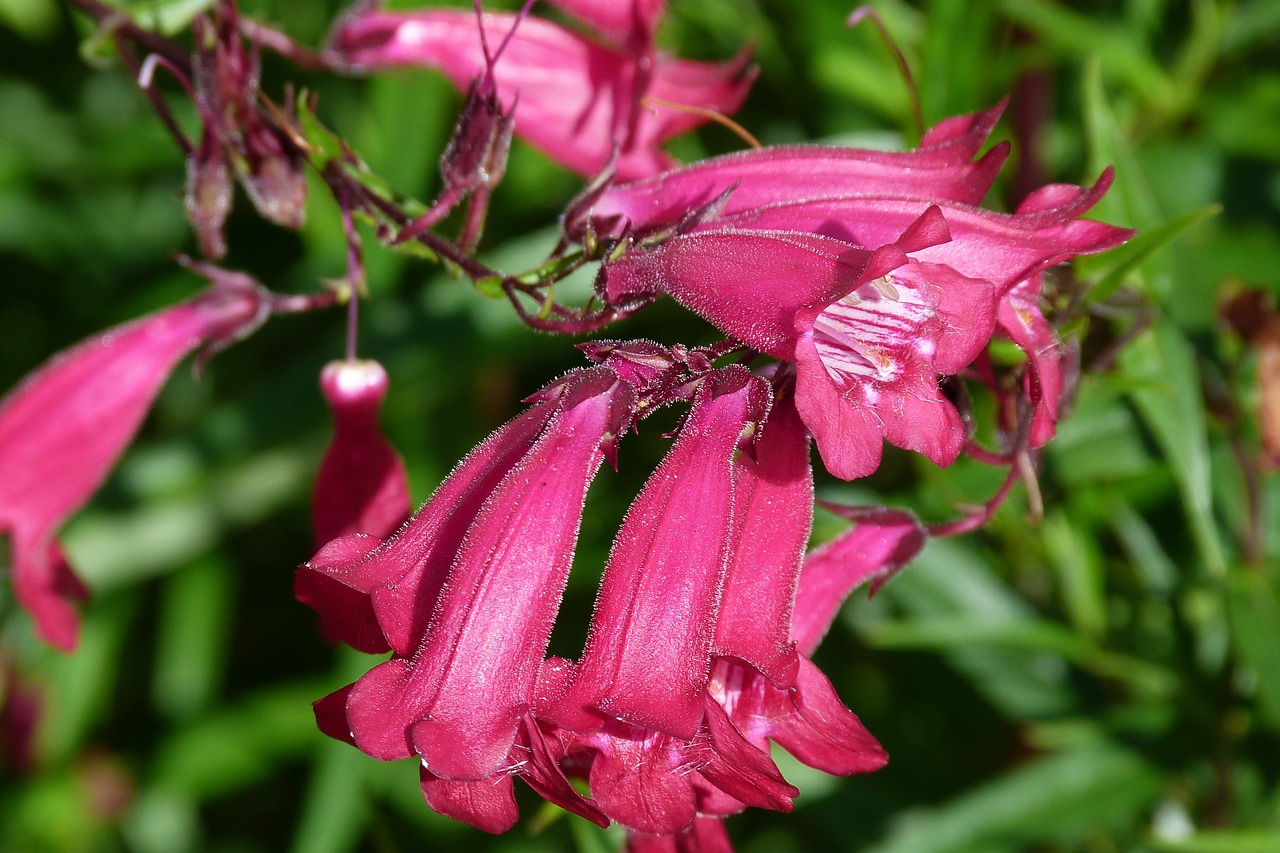Veronica longifolia: Features and Care

Veronica longifolia is a perennial plant known for its tall, slender flower spikes that bloom in early to mid-summer. The flowers come in shades of blue-violet, white, and pink, adding vibrant color to flower beds. Highly valued for its ornamental qualities, it has been cultivated in gardens across Europe and other regions.
This article explores the basic characteristics, cultural background, historical context, and care tips for growing Veronica longifolia.
Basic Information
- Scientific name: Veronica longifolia
- Family: Plantaginaceae
- Origin: Europe and northern/eastern Asia
- Appearance: The plant produces tall flower spikes from early summer, reaching 60–100 cm in height. Its narrow, opposite leaves and upright growth give it a neat, vertical silhouette.
- Blooming season: June to August
Cultural Significance Around the World
Veronica longifolia has long been cherished in traditional European gardens for its elegant appearance and cool-toned blooms. In England, it became an essential part of cottage garden plantings from the 19th century onward, appreciated for its natural compatibility with other perennials.
In countries like Germany and the Netherlands, it is used as a background plant in border gardens, often planted in masses. Its range of flower colors and extended blooming period have made it a favorite among landscape designers.
Introduced to Japan during the Meiji era, Veronica longifolia has since become popular in perennial borders and as a cut flower. Its relative tolerance to humidity allows it to be grown throughout much of the country.
Historical Background
Native to meadows and forest edges in Europe and Asia, Veronica longifolia was recognized early on for its ornamental potential. With the rise of botanical classification in the 18th century, it was formally described and named.
During the 19th century, European plant collectors introduced variants from Russia and Asia, contributing to the development of new cultivars. In the Victorian era, its popularity grew alongside a general interest in herbaceous perennials, and it became a staple in garden design.
Today, Veronica longifolia continues to be widely used in public gardens and naturalistic plantings, especially in European countries that favor ecological landscaping.
Gardening Advice
Veronica longifolia is relatively easy to care for and suitable for both garden beds and containers. Below are key points for successful cultivation:
Sunlight
Prefers full sun. It can tolerate partial shade but may produce fewer flowers.
Watering
In garden beds, rainfall is usually sufficient. In dry periods, water as needed. For potted plants, water when the surface soil dries out.
Soil
Requires well-drained, fertile soil. Improve the soil by mixing in compost or humus.
Fertilizer
Apply a slow-release fertilizer in spring. Additional feeding is generally unnecessary.
Pruning
Remove spent flower spikes to maintain shape and encourage further blooming.
Cold Tolerance
Hardy in winter. In colder regions, mulching the base of the plant adds protection.
Conclusion
Veronica longifolia is a perennial plant native to Europe and Asia, known for its elegant flower spikes and midsummer blooms. Widely adopted in 19th-century European garden design, it remains a staple in cottage and border gardens.
Brought to Japan during the Meiji period, it is now appreciated both as a landscape plant and a cut flower. With proper sun exposure and drainage, this species adds vertical interest and seasonal charm to garden spaces.




